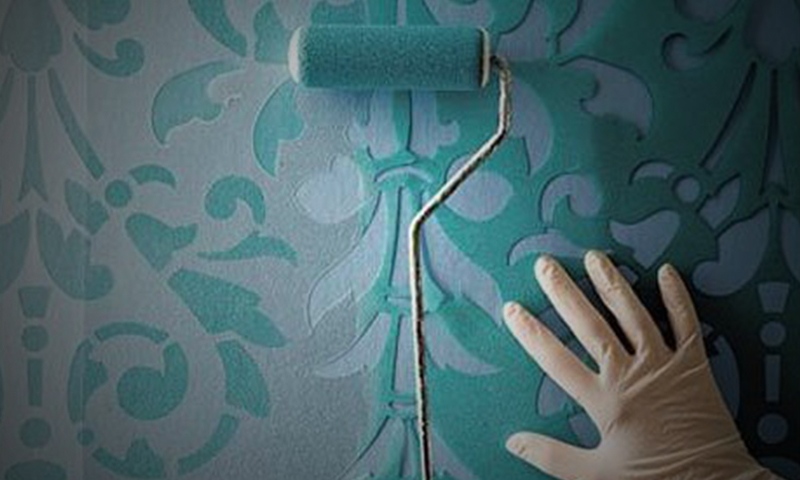Picking the right brushes for any painting job
September 23, 2021Impasto is an oil Painters Brisbane technique which makes use of a thick, dark layer of paint applied with a firm, flat brush. It’s a type of brush painting where you use a brush to create strokes on a canvas. This technique is usually used with pastel, oil, or acrylic mediums. However, it is rarely used with thinner, transparent mediums such watercolors and dry pastes. Sometimes, you can see brush strokes on transparent mediums such as watercolor or pencil sketches.
Picking the right brushes for any painting job

There are many ways to achieve this type of paint on canvas. These include wet-on wet, dry-on dry, and many other techniques. One of the most commonly used painting techniques is the underpainting. This involves applying a dark color (diluted alcohol or paint) to a background with a light hue. This technique is often used to produce shadows.
Picking the right brushes for any painting job
Monet’s Les Demoiselles d’Avignon, Gainsborough’s The Houses of Pimples and Thomas Moran’s The Scream are some of the most well-known examples of underpainting. A similar technique known as glazing is also used in this type of painting techniques. Glazing involves applying a layer of color followed by another layer. This is usually done with thinned acrylic paint. To get a richer result, glaze technique can be used in conjunction with wet on dry underpainting.
Picking the right brushes for any painting job
Two complementary paints can be used to do wet-on–wet underpainting. The darker one is the strongest, and the lighter one is the smallest. To make sure that there are no clashing colors when using this technique, it’s important to use a washcloth while underpainting. The objective is to wash away any excess paint so you can achieve the depth of shadows that you desire. This technique uses an overhead brush stroke along with an underneath stroke to fill the gaps. You need to be able to coordinate your lower and upper brushes when you do wet on wet. This is one of the most difficult aspects of wet-on wet underpainting. It takes a lot of practice and experience to master this painting technique.
Dry-brushing, another popular technique for oil painting, is also available. In this technique, you paint a section of the painting directly on the canvas, without having to wet the brush. Then, you can blend the section into your background. Dry-brushing has endless possibilities, as you don’t have to limit yourself to just one color.
Glazing is our final technique. You paint one solid color on top and another with a hardbrush. This technique can either be used in an oil painting or you can use it in a different way. The glazing technique is also known as the first. This is used before you apply the paint to the canvas.
The other way to employ glazing technique is when you are underpainting. This technique allows you to paint one color over the background with a medium- or soft brush. The color that you choose should be one that will work well with your underpainting. If you plan to use this technique, be sure to choose a warm and bold color. Warm colors can help to establish depth in your painting.
Oil painting can be a difficult art, but once you get the hang of it you will find it very enjoyable. Make sure you use the right brushes for the job. Bristle brushes are not recommended for use on dark backgrounds. Glue sticks are great for applying colors to the walls, but you need to make sure you’re using an appropriate size and material. A cheap glue stick could easily break and leave you with a useless piece.


